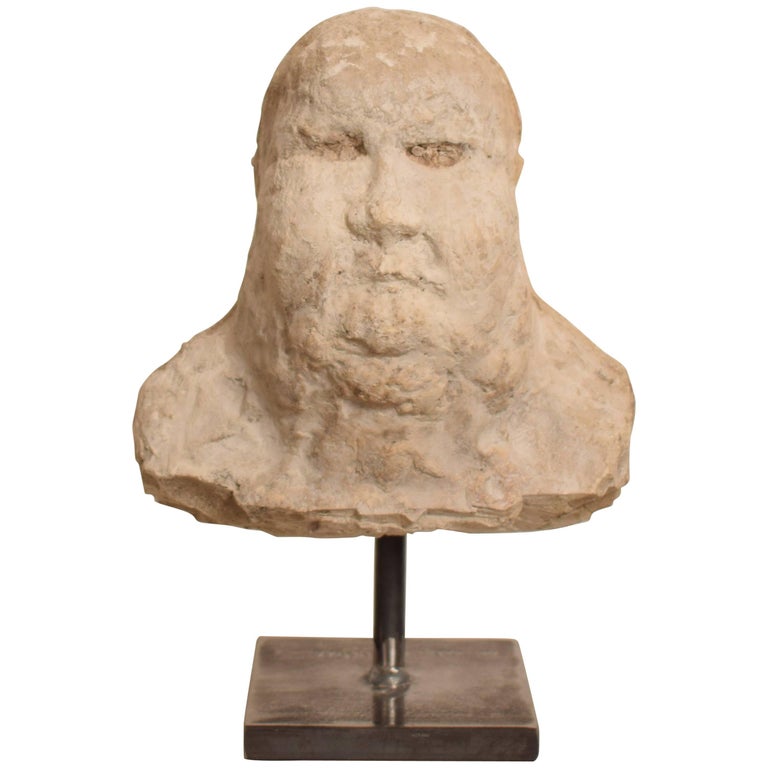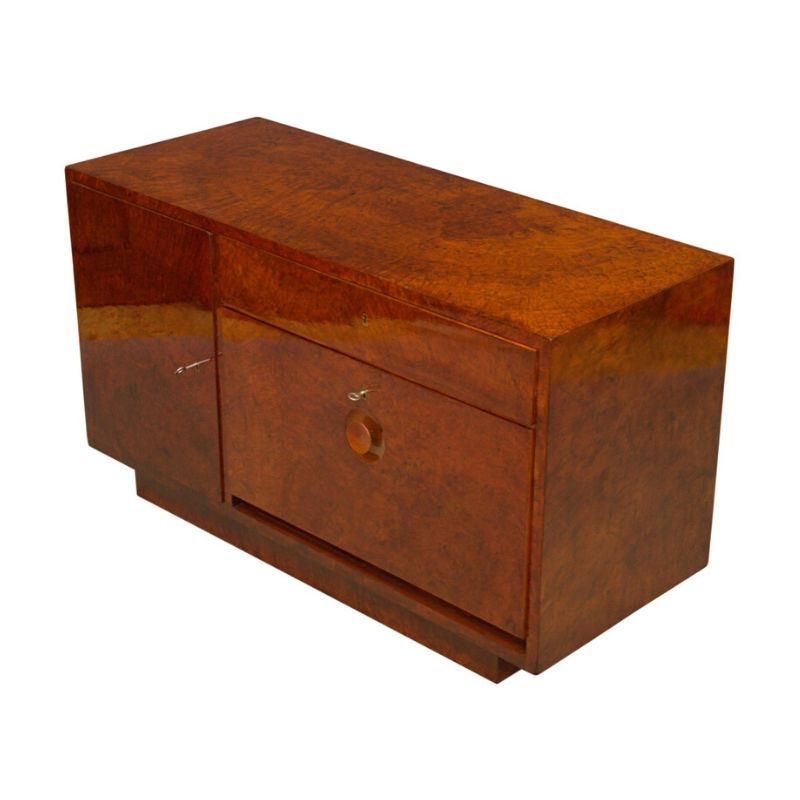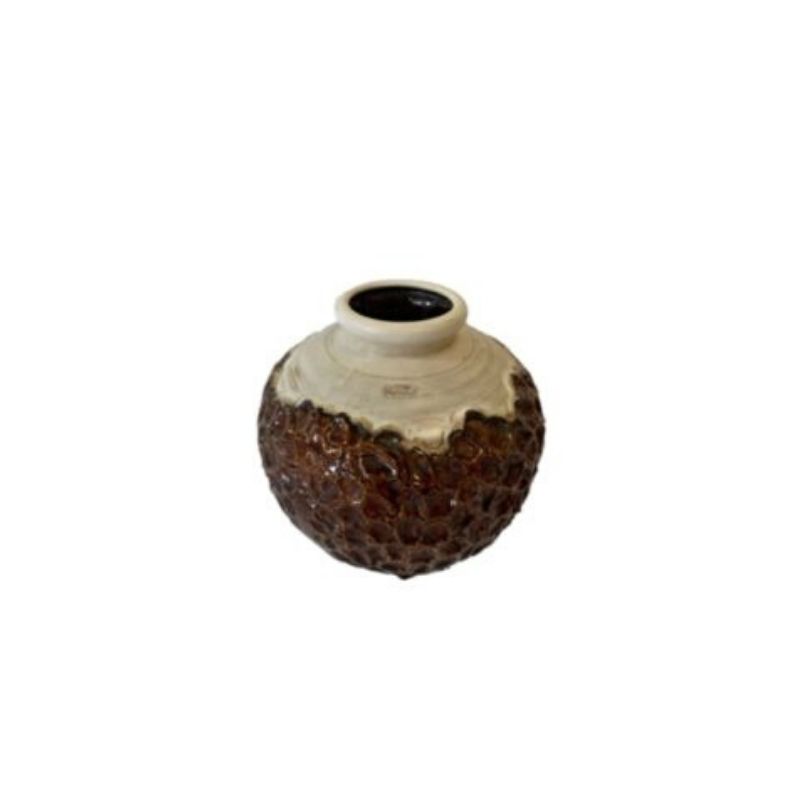I'll be
happy to be corrected, but I would expect all Eames wood pieces to have a hard finish, such as lacquer or varnish. And I would not advise any soft finish materials, like wax or oil, to be applied where the hard finish is partly worn away, as the places where the soft material contacts raw wood may then look different (darker, etc) from the areas that retain the original finish. More importantly, the penetration of those soft materials may make subsequent refinishing more difficult, as lacquer and varnish do not want to stick to oil and wax.
The proper renewal would be a new coat of the correct hard finish material. Wax or oil will make a fully-coated piece look better, of course, though they are not really necessary.
Again, I would be interested to know if others share this view.
The original finish
The light colored woods were made with a melamine finish. This was done as the chairs were being made. Darker woods were sprayed with a finish. The finish isnt specified other than "a 'baked on' synthetic oil finish"
The problem with restoring the 'original' finish is that it was not a secondary step in the creation of the chairs, but an integral one. I would contact Alfie at HumeModern in California. His focus is on restoring pieces to as true as possible.
Howard Feed-N-Wax
Someone turned me on to this really nice product.
It's called:
HOWARD FEED-N-WAX
It's beeswax and orange oil. It goes on like a waxy glob and it really goes into the wood nicely.
http://www.howardproducts.com
SDR is correct. paulanna,...
SDR is correct. paulanna, lucifer...
And i agree that there are way too many 'quick fix' products on the market.
An original hard finish does not benefit from oil or wax. May even prevent a
proper easy restore and require a full restore.
Especially if the surface is worn away to the raw wood in areas.
But you may get a little protection until you get around to a proper
restore.
It is difficult to give restore advice.
I've attempted it, but my concern is the highly toxic products that often
just eat the finish and tend to spread it over the worn areas.
And over the years, all the crazy polishing products used...liquid gold!
a silicone spray. (and a dust magnet) and a dealer trick for antiques just
before an auction...
To answer the original question, i would guess a spray lacquer? similar to
many of the paul mccob pieces? now fifty years later and tend to start
'crazing'...small fine overall cracks in the finish. The finish 'breaks' and any
moisture tends to creep into the surface.
I'm really not sure, but a hard finish, not penetrating oil.
I do think every finish situation is unique. Never an easy 'miracle product' fix.
LCM finish?
I have an LCM with a bad seat area.
Lucifer's comment is very helpful but I'd appreciate if anyone could point me in the direction of a finish that's close to the original one.
An alternative I'm considering is covering the seat and back in pony skin. Any pointers to a suitable glue that can be removed if neccessary would be appreciated as well.
Cheers.
If you're lucky the black...
If you're lucky the black finish may be either lacquer or shellac (black french polish) - try finding an out of sight area and rubbing it with a little fine wire wool and methylated spirit (denatured alcohol I think its called in the US) if the finish starts to come away its one of the above. You can then either buy some spray black lacquer or take it to a polisher who'll be able to produce as good a match as you could hope for. Remove the old finish with more 000 wire wool, spirit and elbow grease beforehand.
It could be a cellulose finish though in which case ignore all of the above!
Finishes on postwar furniture are much harder to deal with than earlier ones one where you usually know what you're dealing with - the war spurred the development of many new processes which peace time manufacturers started to experiment with.
Thanks
Thanks Paulanna, I guess I'm lucky: the finish came right off with the method you described.
Now I'm looking into the application of a new shellac finish, which sounds doable (check the link).
Another project I guess!
*sigh*
http://johnjacobmickley.net/Shop%20Pages/Shellac,%20Application.htm
If you need any help, please contact us at – info@designaddict.com









